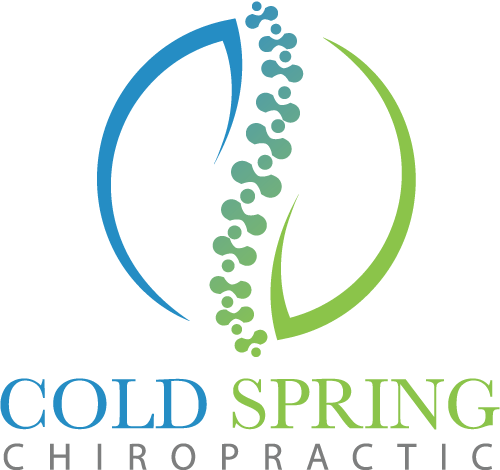Marathon/Half-Marathon Injuries: Part I
Posted on October 03, 2014Participating in a marathon is the ultimate goal for runners. These events are strenuous, however, and the training to prepare for them can be even more grueling. It isn’t uncommon for runners to experience a host of nagging injuries that can derail their plans for participating in a marathon or half-marathon. The universal treatment for most injuries is rest, but often rest alone isn’t enough.
This three-part series will look at the most common injuries that runners sustain and home remedies that work. It will also explore how Active Release Technique (ART) and Graston Technique (GT) can be used to permanently treat runners’ injuries. Part I starts with foot and ankle injuries.
 Foot and Ankle Injuries
Foot and Ankle Injuries
Common foot and ankle injuries that runners suffer from include plantar fasciitis, Achilles tendinitis, and ankle sprains. Achilles tendinitis and plantar fasciitis are both overuse injuries that affect the soft tissue of the ankle and foot respectively. Ankle sprains, on the other hand, are traumatic injuries that result from damage to the tendons and ligaments that support the ankle.
Treating Foot and Ankle Injuries at Home
In all three cases, rest is necessary for the injury to heal. That said, too much rest can interfere with a runner’s training and even mean missing an event. To speed recovery along, there are several home remedies that work well. Anti-inflammatory medications can reduce aches and pains and make it possible to stay mobile while the injury is healing (1). Ice will help with swelling and inflammation while heat will help to keep muscle loose and compliant.
Permanent Treatment
There are two keys to permanently treating foot and ankle injuries. The first is to strengthen the muscles that protect the ankle as well as those of the lower leg. Muscles, aside from moving joints, also act as shock absorbers. The more stress a muscle can absorb, the less stress the foot and ankle have to deal with.
The second key to permanently treating foot and ankle injuries is soft tissue remodeling. You need to reduce scar tissue, improve blood flow, and release entrapped nerves to ensure maximum recovery as well as optimal function. ART and GT can reduce recovery time and improve tissue structure (2). ART and GT are soft tissue treatment modalities that focus on eliminating scar tissue, releasing constricted nerves, and improving blood supply. Both have been used extensively to help runners recover quickly from soft tissue injuries and to prevent similar injuries in the future. They are non-invasive, manual therapies with a proven track record of success. Look to parts II and III to see how ART and GT can help to treat other common runners’ injuries.
Resources
1. Olmarker K. Reduction of adhesion formation and promotion of wound healing after laminectomy by pharmacological inhibition of pro-inflammatory cytokines: an experimental study in the rat. Eur Spine J. Dec 2010; 19(12): 2117-2121. www.ncbi.nlm.nih.gov/pmc/articles/PMC2997205/
2. Davidson, C. Ganion, L.; Gehlsen, G.; Verhoestra, B.; Roepke, J.; Sevier, T., Rat tendon morphologic and functional changes resulting from soft tissue mobilization. Medicine & Science in Sports & Exercise 1997, 29 (3), 313-319. www.grastontechnique.com/file/sites%7C*%7C86%7C*%7C1995_RatTendonMorphologicandFunctionalChangesResultingfromSoftTissueMobilization_Davidson_Gehlsen.pdf

